Casa Sanlorenzo debuts in Venice as a new hub for contemporary art
The luxury yachting leader unveils a stunning new space in a palazzo restored by Piero Lissoni – where art, innovation, and sustainability come together
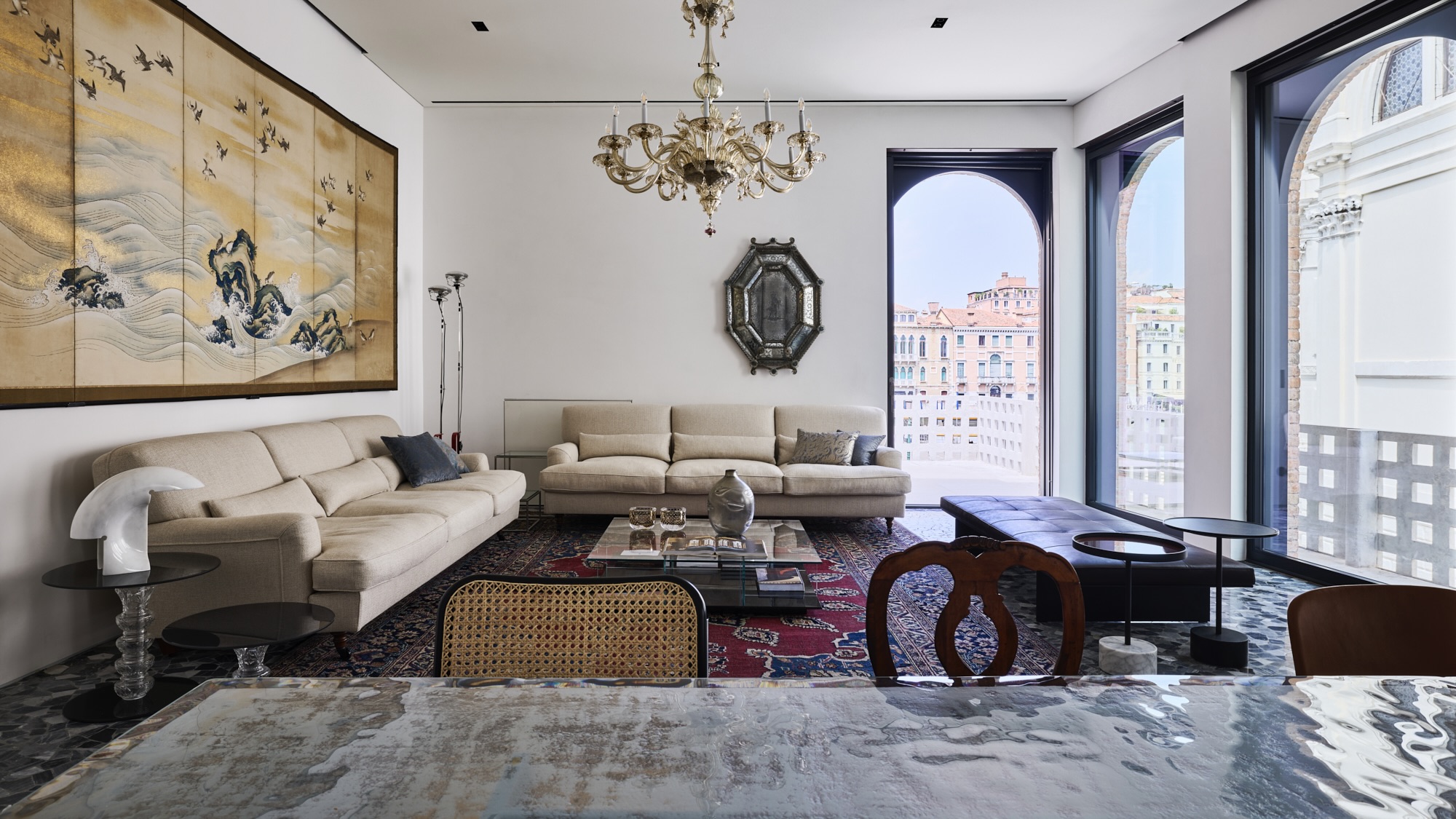
As part of the inaugural Venice Climate Week last week, a striking new space for contemporary art and creativity was unveiled to the public: Casa Sanlorenzo, home of Sanlorenzo Arts. Conceived by luxury yachting leader Sanlorenzo as a place of dialogue between the worlds of art, culture, and sustainability, this innovative venue was designed by architect Piero Lissoni and his firm, Lissoni & Partners, to foster a dynamic exchange with a city that uniquely embodies both a deep maritime soul and a rich artistic tradition.
Tucked away in the Dorsoduro sestiere, it’s just a stone’s throw from cultural institutions such as Punta della Dogana and the Peggy Guggenheim Collection. Its windows open onto a stunning view of the domes of the Basilica di Santa Maria della Salute – a Baroque masterpiece, recently restored to new splendour. Locals who used to pass by this spot will surely recall the quiet charm of the ivy-covered villa, hidden behind a veil of greenery and rendered completely inaccessible for years. Its wooden bridge, broken and blocked off by red-and-white warning signs, only added to its air of mystery after being abandoned for over a decade.
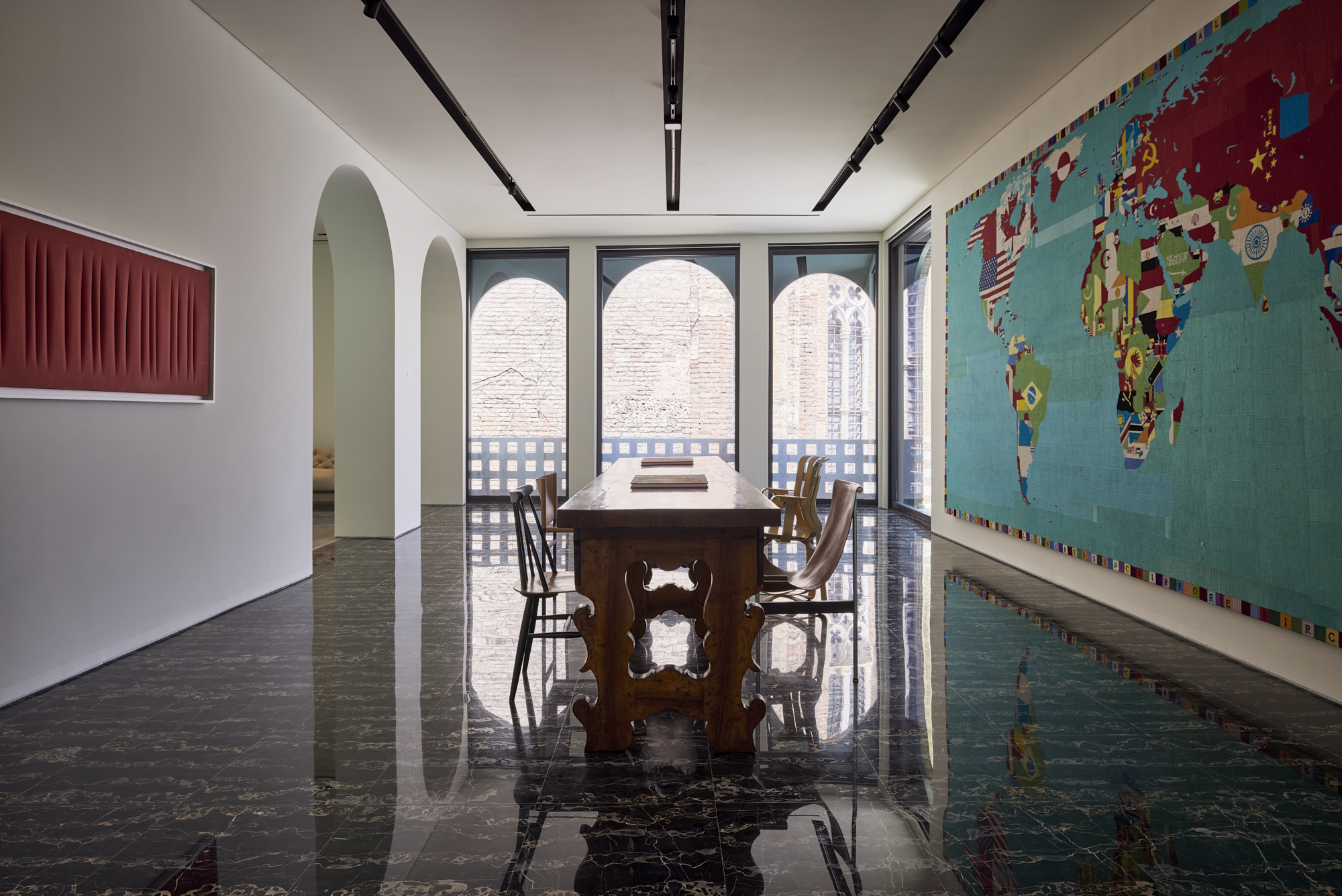
The saloon
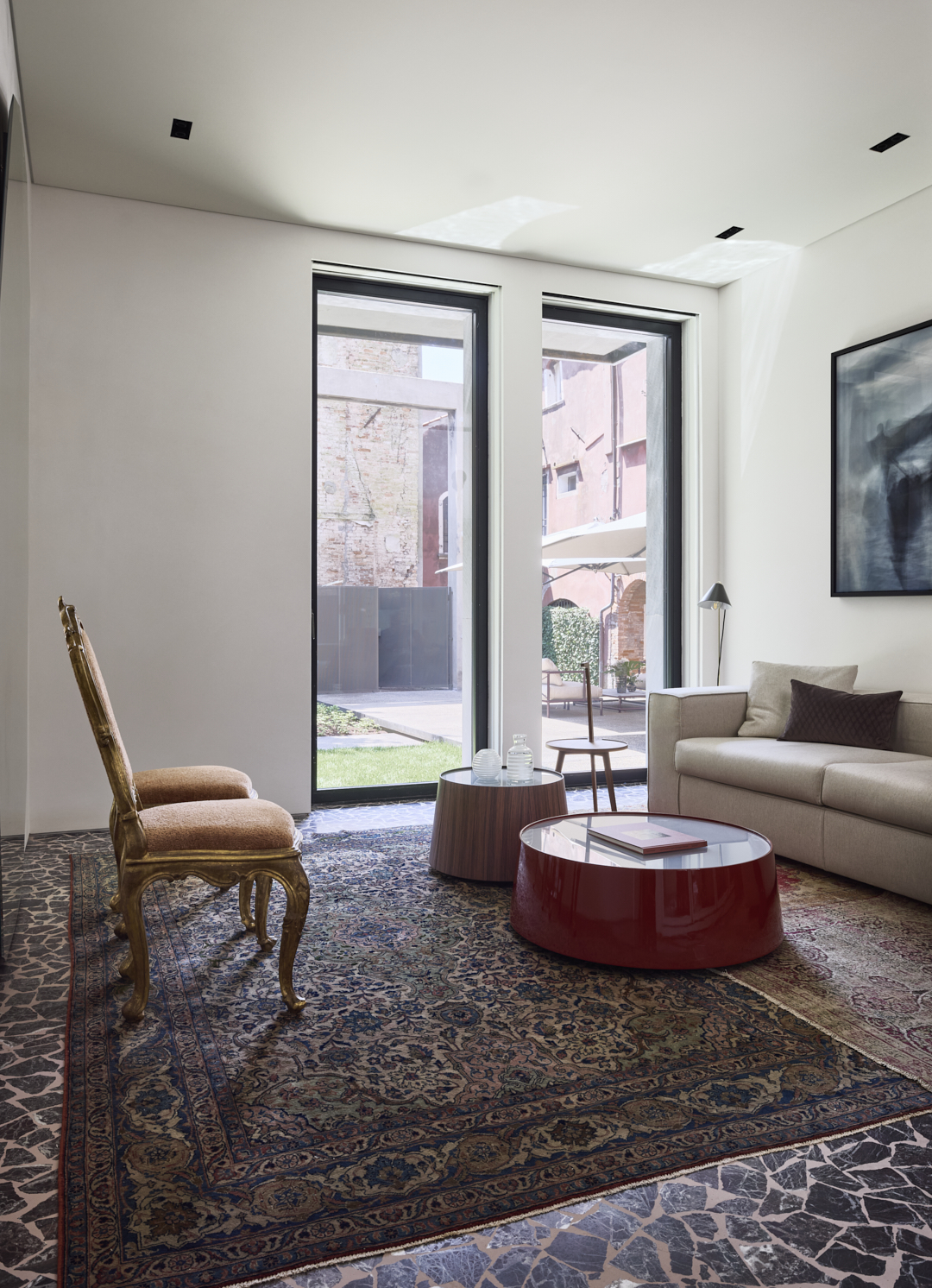
The guest house
Now, spread across two exhibition floors (plus a private apartment), Casa Sanlorenzo offers over 1,000 sq m dedicated to art and culture – complemented by an exquisite 600 sq m open space and garden that adds an unexpected touch of serenity to this corner of the city. The first surprise? Unlike many recent projects that lean heavily on a nostalgic Venetian aesthetic, architect Piero Lissoni and his studio opted for a boldly minimalist approach. The original brick façade and white balconies have been carefully preserved, but step inside and you’re met with soaring glass walls overlooking a garden with a sleek lounge area, sliding spotlights, and mobile panels – every detail clearly designed with exhibitions in mind.
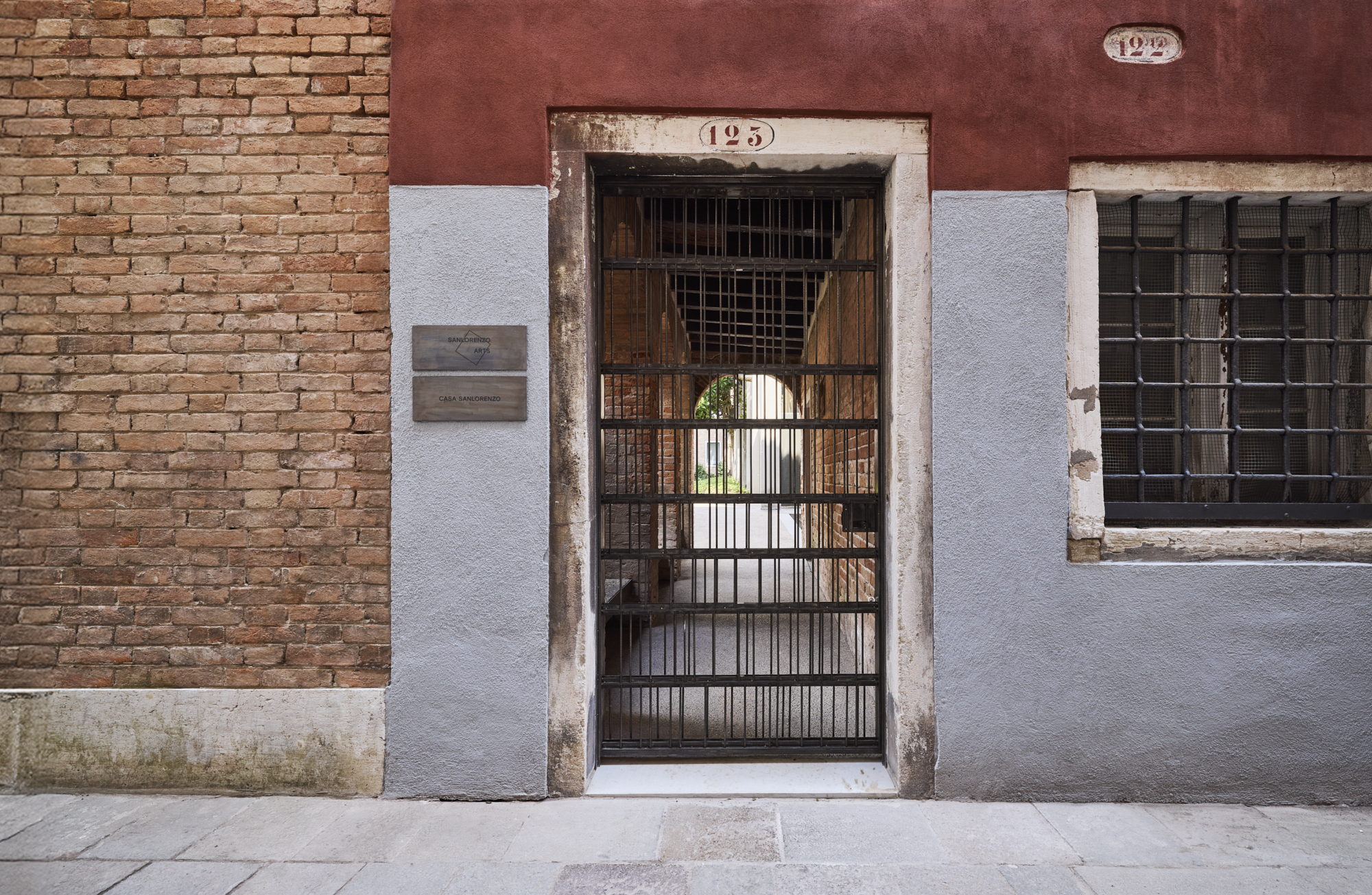
The garden entrance
The sense of contrast between the exterior and the interior was very much intentional, Lissoni confirms: ‘This project began four years ago,’ he explains. ‘After visiting 12 different sites in Venice, it was here that I finally heard the project’s “voice”. Back then, the building had no windows, the hallways were narrow and dark, the rooms small and oppressive. Today, everything is white – an homage to the original structure, which had good bones, like a rough, uncut stone.’ Lissoni makes one thing clear: there was never any intention to ‘rescue’ a traditional Venetian home. ‘This was a modern house, built between 1942 and 1948. I wanted it to live beyond its past, to tell an entirely new story.’
‘The essence of the project is cultural – a hub where art, architecture, design, research, and poetry can connect,’ Massimo Perotti, executive chairman of Sanlorenzo, emphasises. For its grand opening, Casa Sanlorenzo showcased works by Alighiero Boetti, Lucio Fontana, and Emil Michael Klein – pieces drawn from Sanlorenzo’s private collection. Perotti’s vision is rooted in the brand’s previous collaborations with the Venice Art Biennale and its presence at Art Basel. It reflects a clear commitment to cultural responsibility, with the aim of becoming a catalyst for fresh perspectives.
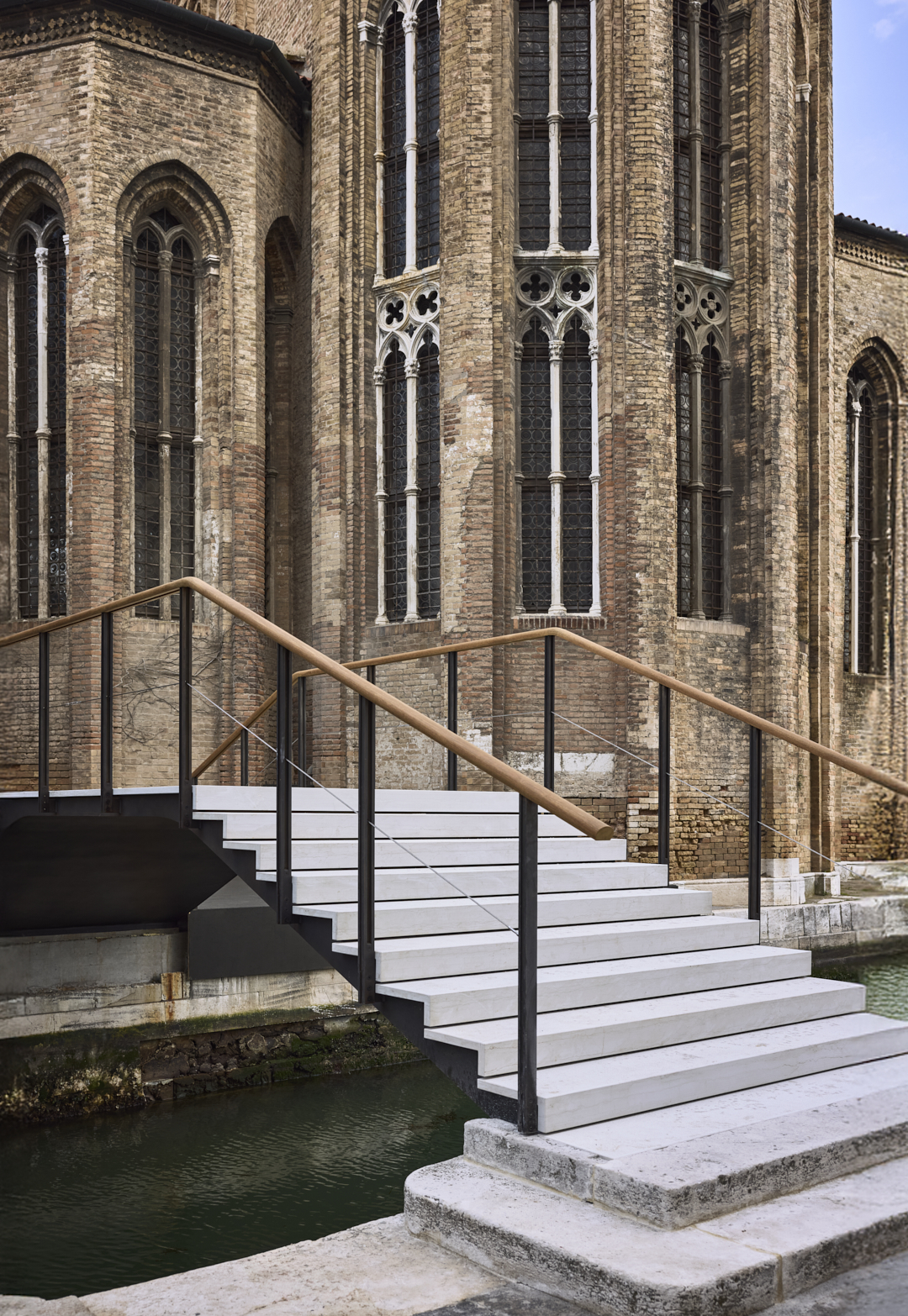
The building's exterior
The goal, Perotti continues, is to create a bridge between Sanlorenzo’s core work – engineering, research, and development and the wider worlds of art, science, technology, and philosophy. This metaphorical bridge is echoed in a very real one: the new footbridge designed by Lissoni. Made entirely of prefabricated metal and already fully assembled, it features a surface of traditional Istrian stone, typical of Venice, and a handrail carved to resemble an oar – an homage to the city’s deep bond with the water. ‘No one had dared to build a new bridge in Venice since Calatrava’s,’ Perotti laughs. ‘The local ladies who walk by with their shopping trolleys – the true custodians of Venetian taste – have immediately taken out their phones and snapped pictures. So far, the ones I’ve spoken to say they approve.’ For Lissoni, the bridge had to be reimagined: ‘It needed to reflect outward, toward the city, what’s happening inside the house. It was conceived as a pure technological gesture – almost a mathematical equation crystallised into form.’
But the real showstopper lies inside: one of the project’s most innovative features is the glass staircase. Inspired by the building’s original geometry and reinterpreted with steel and, naturally, glass, it’s a striking centerpiece. ‘Everyone knows – I love staircases. I’m obsessed with them,’ Lissoni admits. ‘And in Venice, there had to be one in glass. A transparent, solid structure that doesn’t shake, doesn’t sway, doesn’t move – and above all, doesn’t slip.’
Receive our daily digest of inspiration, escapism and design stories from around the world direct to your inbox.
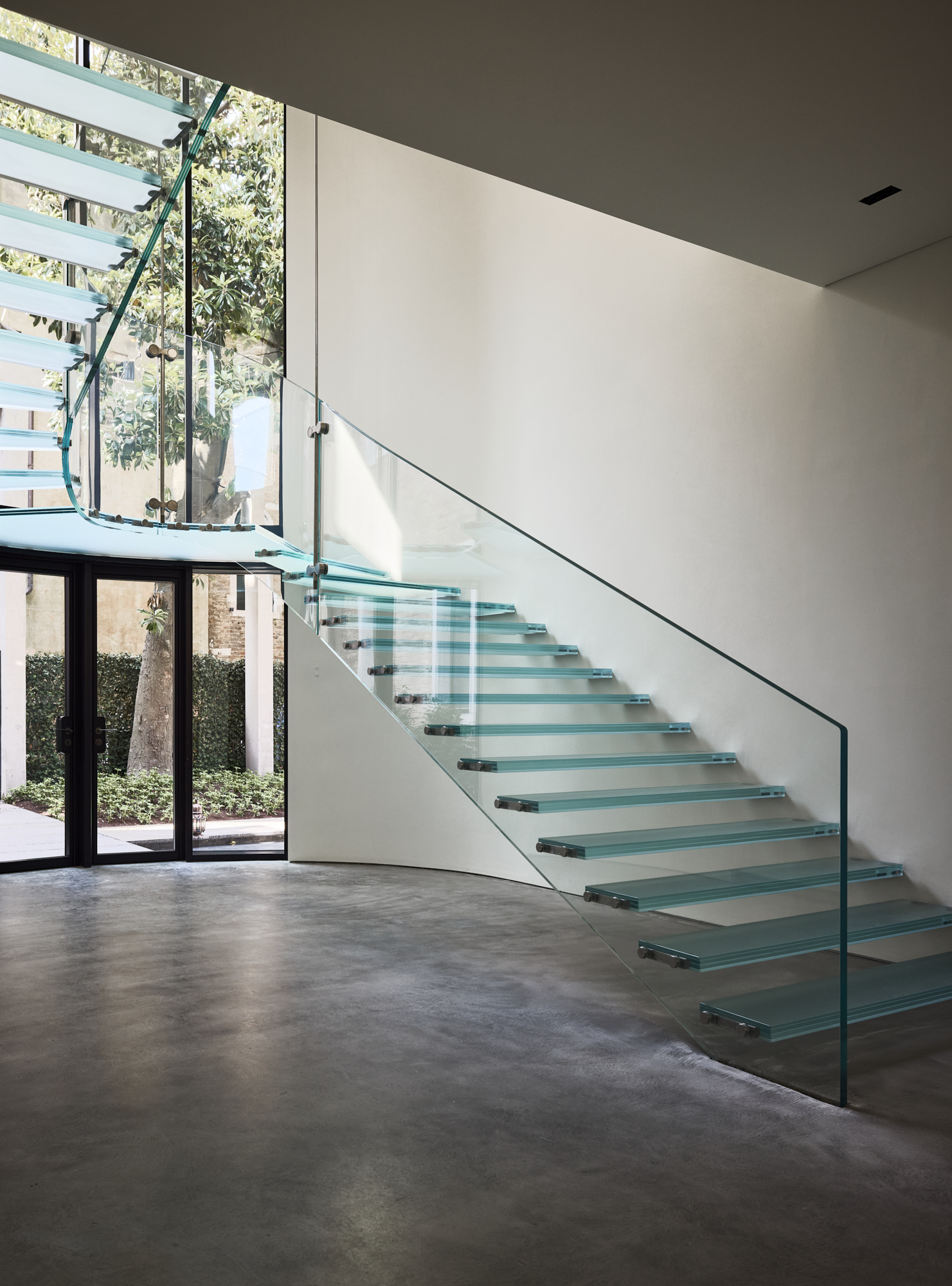
The glass staircase
Sustainability was key to the transformation: the building now operates at net-zero energy, with tailor-made solutions for windows, glazing, ceilings, flooring, and the management of both energy and water. This achievement, Lissoni notes, is the result of embracing Venice’s genius loci – its unique spirit – alongside the craftsmanship of local artisans, companies, engineers, and architects.
‘In an increasingly virtual world, we wanted to invest in presence, in meaningful encounters, and in shared experiences,’ says Perotti. ‘Because we believe that authenticity requires substance, time, and human connection. And Venice is the perfect place for this project.’
Cristina Kiran Piotti is an Italian-Indian freelance journalist. After completing her studies in journalism in Milan, she pursued a master's degree in the economic relations between Italy and India at the Ca' Foscari Challenge School in Venice. She splits her time between Milan and Mumbai and, since 2008, she has concentrated her work mostly on design, current affairs, and culture stories, often drawing on her enduring passion for geopolitics. She writes for several publications in both English and Italian, and she is a consultant for communication firms and publishing houses.
-
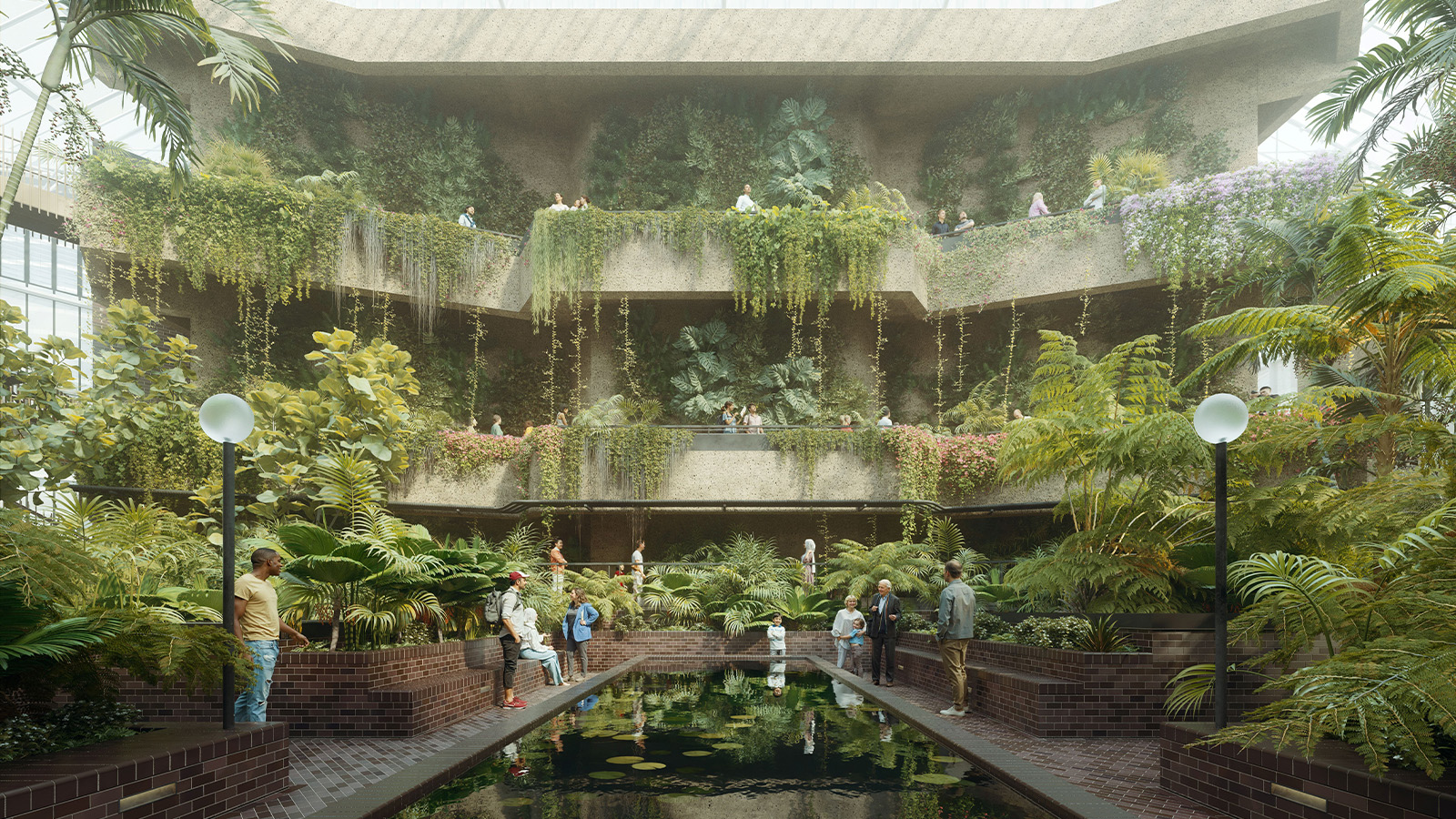 The Barbican is undergoing a huge revamp. Here’s what we know
The Barbican is undergoing a huge revamp. Here’s what we knowThe Barbican Centre is set to close in June 2028 for a year as part of a huge restoration plan to future-proof the brutalist Grade II-listed site
-
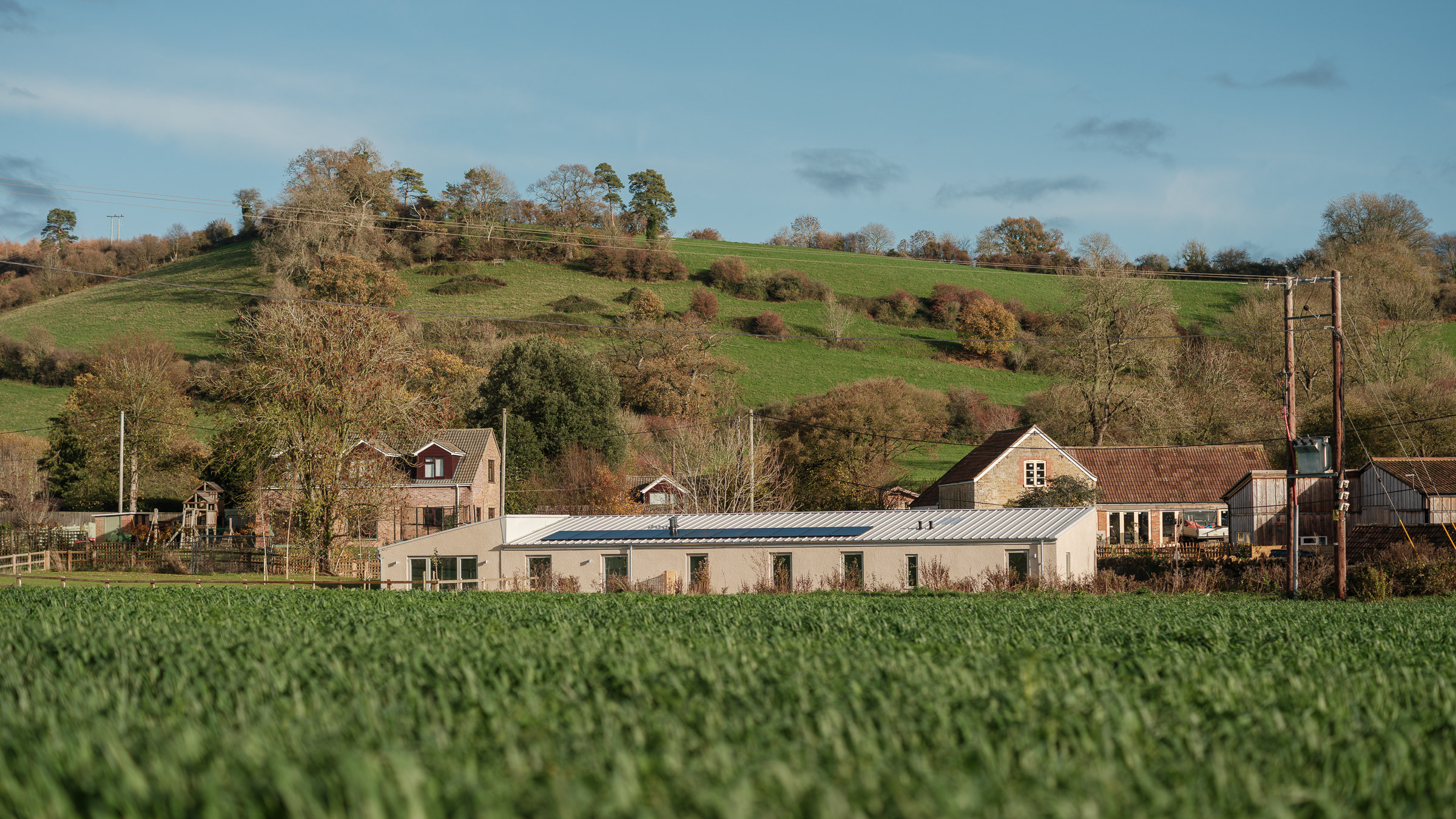 A former agricultural building is transformed into a minimal rural home by Bindloss Dawes
A former agricultural building is transformed into a minimal rural home by Bindloss DawesZero-carbon design meets adaptive re-use in the Tractor Shed, a stripped-back house in a country village by Somerset architects Bindloss Dawes
-
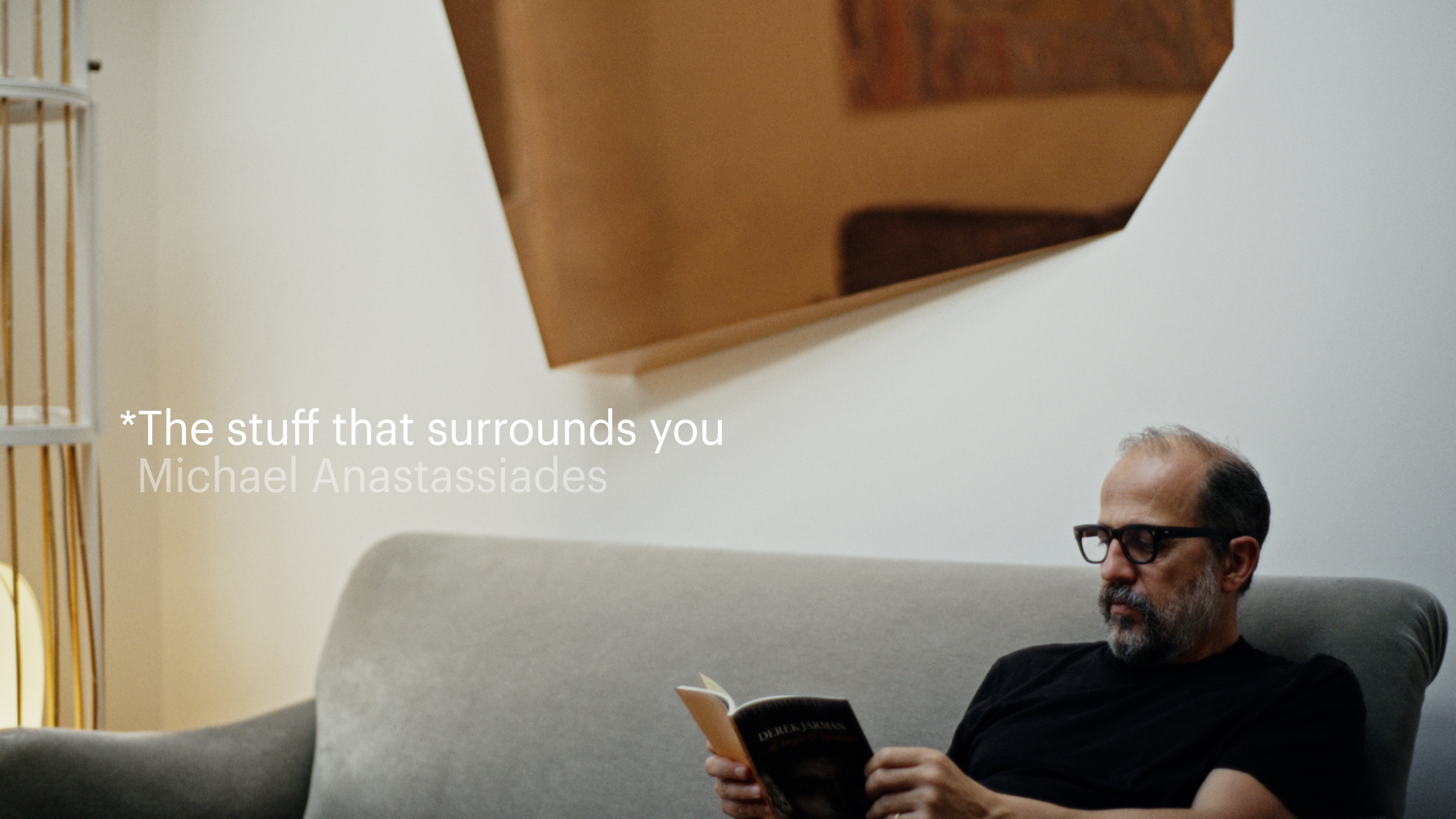 The Stuff That Surrounds You: Inside the home of designer Michael Anastassiades
The Stuff That Surrounds You: Inside the home of designer Michael AnastassiadesIn The Stuff That Surrounds You, Wallpaper* explores a life through objects. In this episode, we step inside one of the most considered homes we've ever seen, where Anastassiades test drives his own creations
-
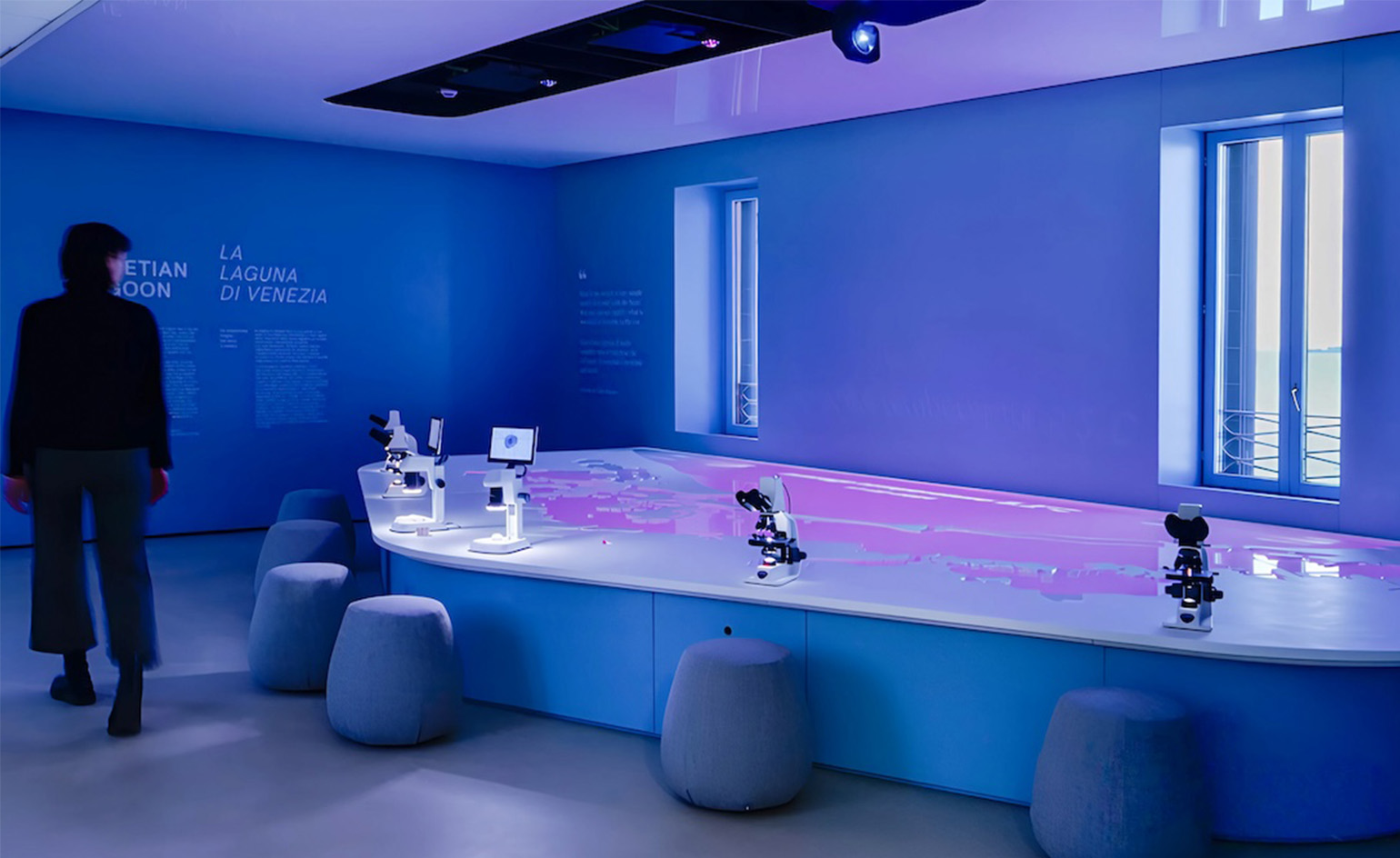 Prada opens Sea Beyond, a new centre for ocean education in the Venetian Lagoon
Prada opens Sea Beyond, a new centre for ocean education in the Venetian LagoonCreated in partnership with UNESCO-IOC and designed by Carlo Ratti, the centre marks the first educational space of its kind in Italy
-
 The new Vincenzo De Cotiis Foundation in Venice is guided by light and history
The new Vincenzo De Cotiis Foundation in Venice is guided by light and historyVincenzo De Cotiis Foundation in Venice opens its doors capturing the essence of the Italian designer’s contemporary storytelling
-
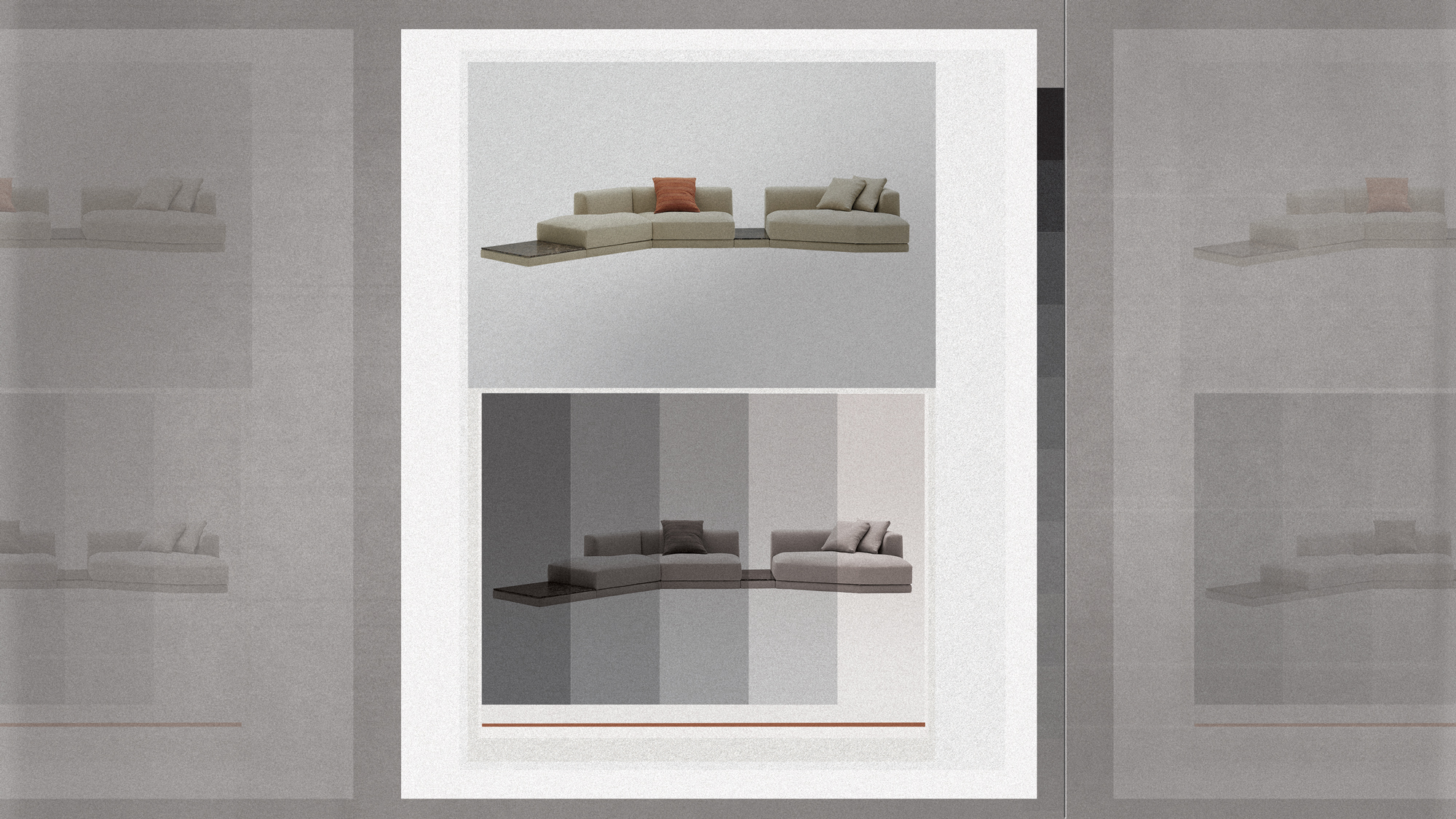 The new sofa by Piero Lissoni, for De Padova balances comfort and elegance
The new sofa by Piero Lissoni, for De Padova balances comfort and elegance‘Alberese XL’ sofa, by Piero Lissoni, for De Padova is among our Salone del Mobile 2024 highlights and continues the designer’s pursuit of form and functionality
-
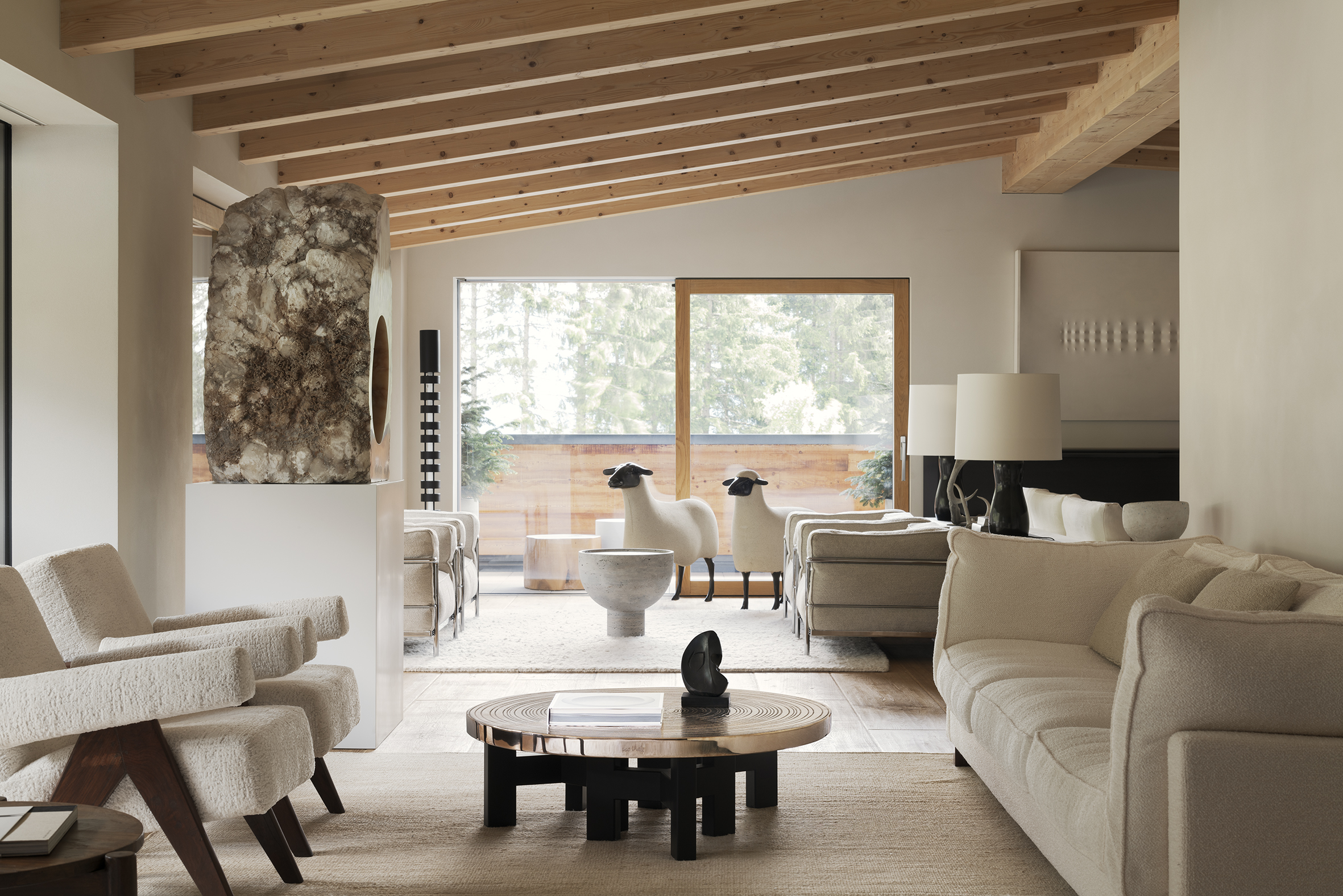 Mountain apartment by Lissoni & Partners is a blank canvas for an art collector
Mountain apartment by Lissoni & Partners is a blank canvas for an art collectorA serene blank canvas for an art collector, this mountain apartment by Lissoni & Partners features discreet palettes that form the backdrop to the owner’s art collection
-
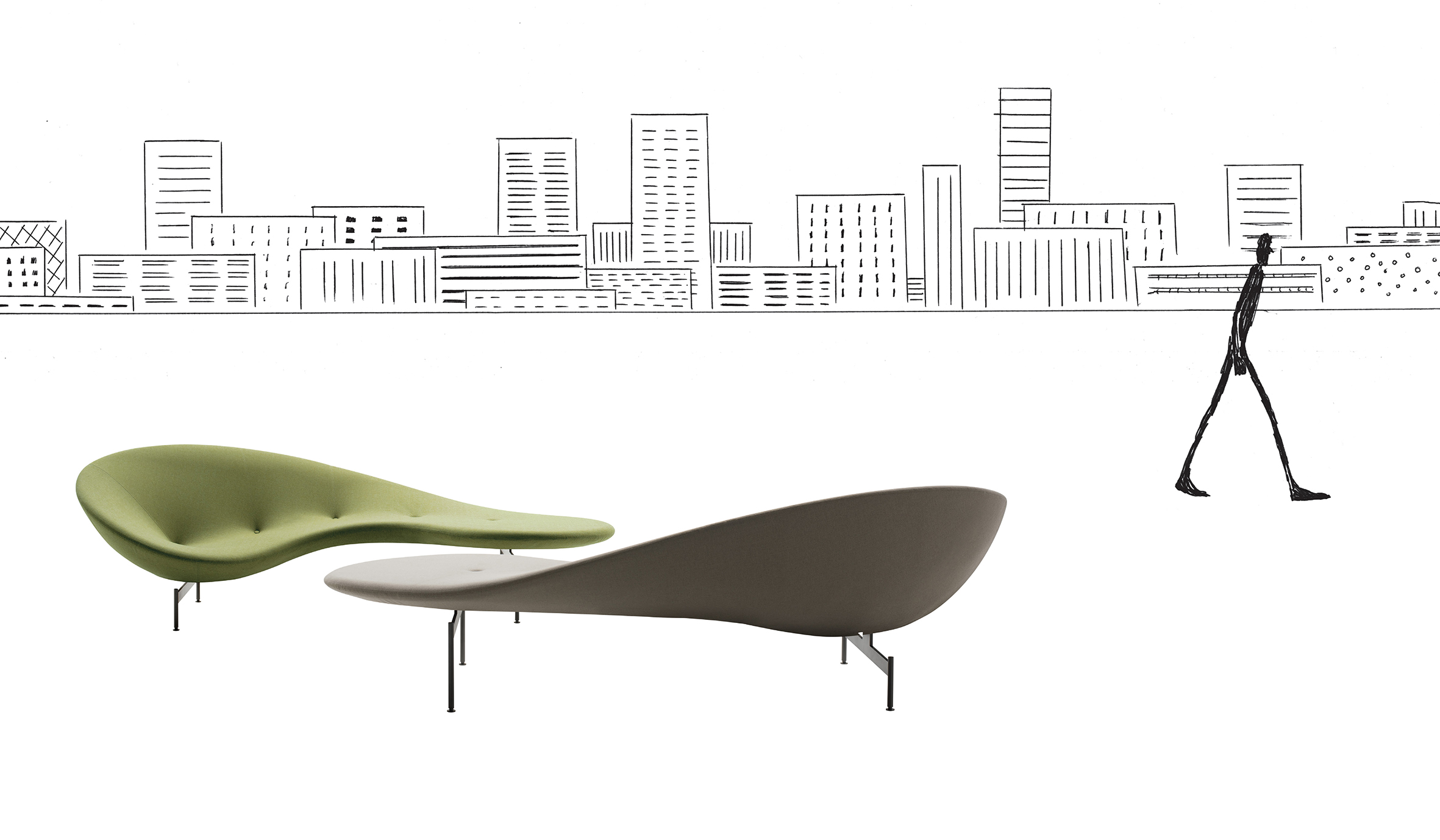 New Piero Lissoni book explores the spirit of design
New Piero Lissoni book explores the spirit of design‘Environments’, the latest Piero Lissoni book published by Rizzoli, features illustrations by Guido Scarabottolo
-
 Venice Glass Week 2023 explores the future of glassmaking
Venice Glass Week 2023 explores the future of glassmakingVenice Glass Week 2023: from a floating furnace to upcycled Murano glass, the international festival (until 17 September) celebrates the art of fire and glassmaking